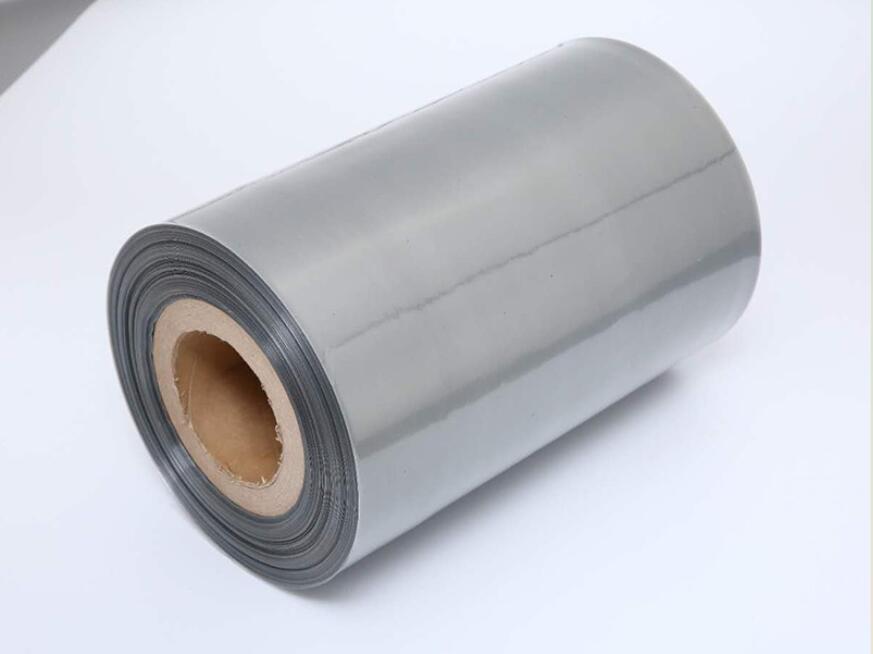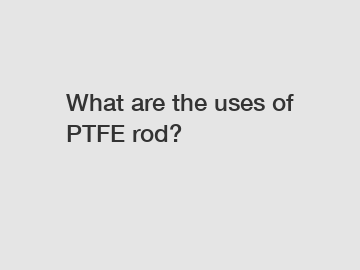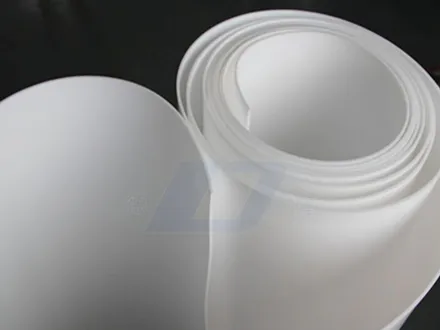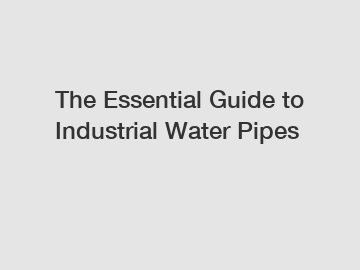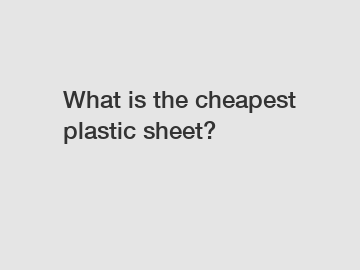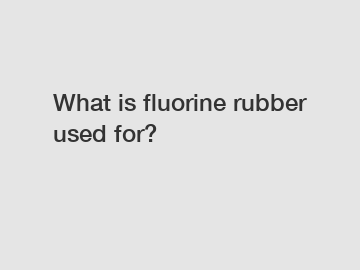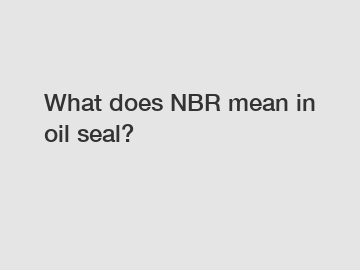Essential Guide to Using Rubber Stoppers Safely
Rubber stoppers are a common laboratory tool used to seal containers and prevent spills or contamination. They are essential for ensuring the safety of experiments and maintaining the integrity of chemicals and samples. In this essential guide to using rubber stoppers safely, we will explore the proper techniques for handling and storing rubber stoppers to prevent accidents and ensure accurate results.
First and foremost, it is important to choose the right size and material of rubber stopper for your specific needs. Rubber stoppers come in a variety of sizes and compositions, so be sure to select one that is compatible with the container you are sealing. Using the wrong size stopper can result in leaks or spills, while using the wrong material can lead to chemical reactions or contamination.
When inserting a rubber stopper into a container, be sure to apply gentle pressure and twist it into place. Avoid forcing the stopper into the container, as this can cause it to become stuck or create a poor seal. Additionally, make sure the stopper is clean and dry before inserting it, as any dirt or moisture can compromise its sealing capacity.
To remove a rubber stopper from a container, twist it gently while pulling upwards. Do not yank or pry the stopper with excessive force, as this can damage the stopper or cause it to break. If a stopper becomes stuck, try using a small amount of lubricant or gently heating the container to loosen the seal.
Explore more:What is the use of recycled PET flakes?
Unlocking the Potential of Rubber Tires: A Comprehensive Guide
What is an Industrial Hose?
What is a PTFE extruded tube?
What is ultra high molecular weight polyethylene?
Unlocking Efficiency and Durability: Polyurethane Fine Screen Panels for Optimal Separation Processes
How is ductile iron pipe connected?
Proper storage of rubber stoppers is also crucial for ensuring their longevity and effectiveness. Store stoppers in a cool, dry place away from direct sunlight and extreme temperatures. Avoid storing stoppers in areas with high humidity or exposure to chemicals, as these conditions can degrade the rubber and compromise its sealing abilities.
In conclusion, the proper use of rubber stoppers is essential for maintaining a safe and efficient laboratory environment. By selecting the right size and material, handling stoppers with care, and storing them properly, you can prevent accidents, ensure accurate results, and prolong the life of your stoppers. Follow the guidelines outlined in this essential guide to using rubber stoppers safely, and you will be well-equipped to handle these indispensable lab accessories with confidence and precision.
For more rubber stopper in laboratory, ordinary rubber conveyor belt, Rubber Stoppers with DMF priceinformation, please contact us. We will provide professional answers.
Explore more:How is rubber manufactured?
What does uhmw stand for?
What is a Rubber Roller Used For?
Which UHMW Plastic 4x8 variant offers the most durability for heavy-duty applications?
The Differences Between PVC and RPET Material
PCR Recycling: A Sustainable Solution for a Greener Future
Advantages and Disadvantages of Injection Moulding



